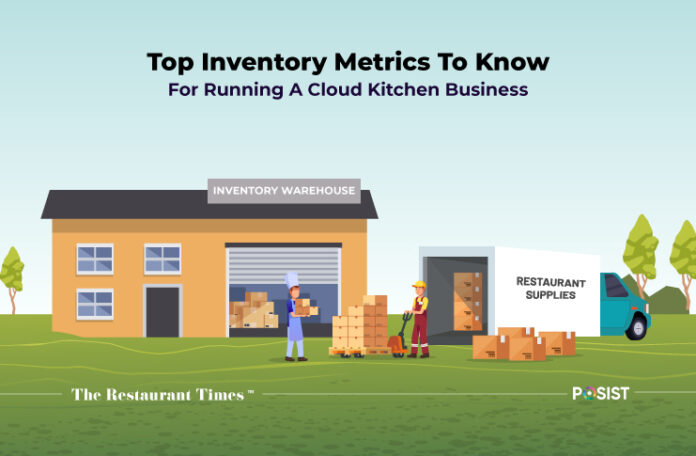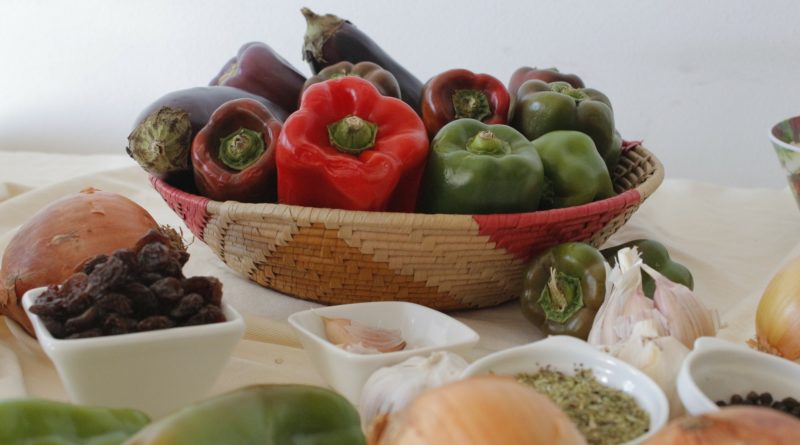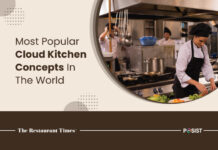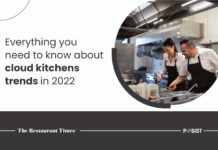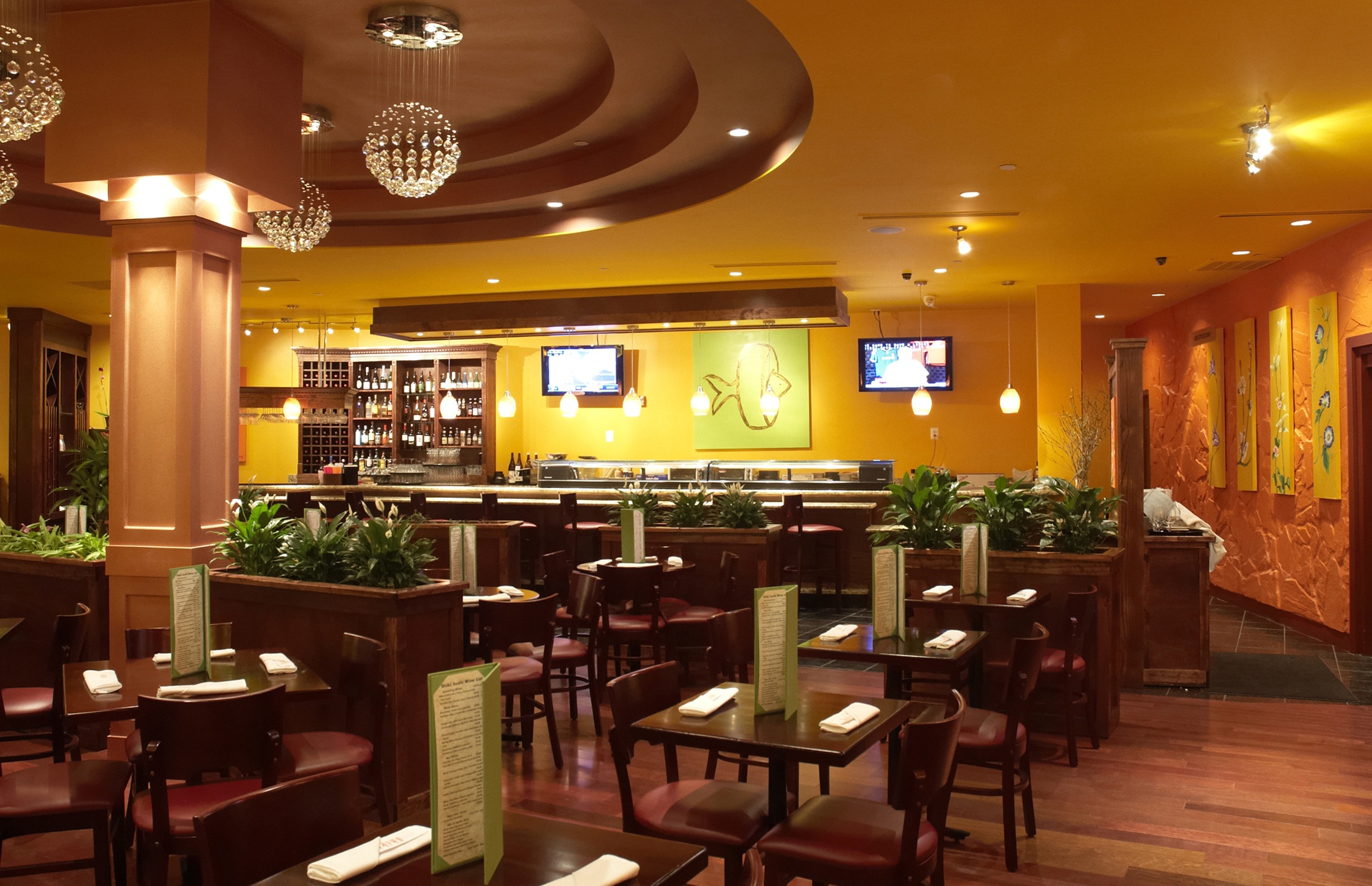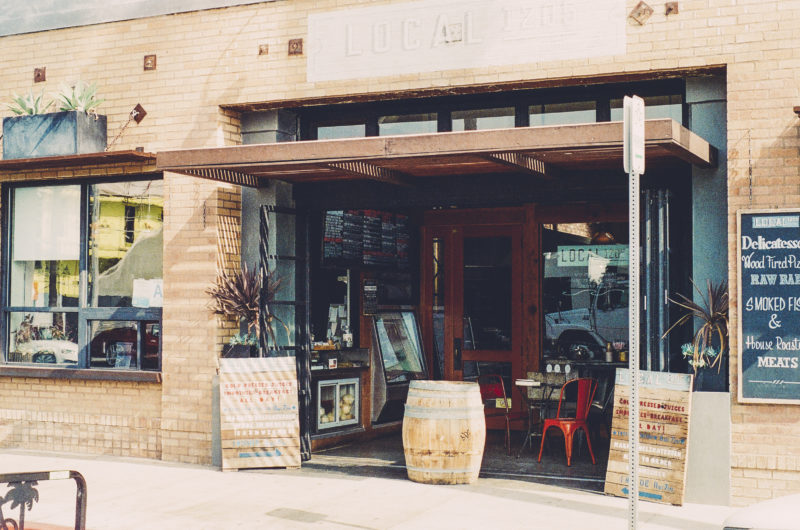With emerging demand for online food delivery, the cloud kitchen business is on the rise. According to research, the global cloud kitchen market is expected to reach USD 2.63 Billion by the year 2026. To run a successful cloud kitchen business, there are multiple moving parts that affect the overall profitability; therefore, it is important to monitor them carefully. As inventory is one of the most important aspects of a delivery-only restaurant, there are some key inventory metrics that cloud kitchen operators must track for running a profitable business. By calculating these metrics, operators can quickly analyze their businesses’ performance and determine any specific areas that require improvements.
Restaurant Inventory Metrics You Should Know While Running A Cloud Kitchen Business
Considering the recent chain of events, restaurant operators have pivoted their businesses to online delivery models and cloud kitchens to cater to more customers, leveraging online traffic to increase orders. To ensure that your restaurant inventory remains stable and costs are minimized, there are specific inventory metrics you must track to monitor the health of your business. Calculating these metrics is especially important during a business slowdown because it will allow you to identify certain inventory patterns that require immediate attention.
Moreover, calculating inventory metrics is also necessary to execute critical measures such as optimizing the food costs, bringing changes in the menu, optimizing supply chain management, etc., that will help foster the growth of your cloud kitchen business. Here is a list of top 5 restaurant inventory metrics that you must calculate while running Cloud Kitchen operations
1. Cost of Goods Sold (CoGS)
Cost of Goods Sold (CoGS) is one of the most essential inventory metrics a cloud kitchen owner must keep a track of. It is the cost required to prepare each item on the menu. It also depicts the total amount a restaurant needs to spend on acquiring raw material over a period of time. This metric helps determine if the menu items have been priced correctly or the food cost is high.
Ideally, CoGS should fall somewhere between 20-40%. To calculate CoGS, one needs to record inventory levels at the beginning and end of a day, along with any additional inventory purchases.
By calculating CoGS periodically, cloud kitchens can procure inventory more accurately and take adequate measures to control the high inventory costs, identifying ways to minimize these costs.
Calculating CoGS is also useful in negotiating better deals with your vendors, optimizing inventory, implementing different techniques to make your inventory last longer, and ultimately increase your profit margins.
The formula for calculating Cost of Goods Sold is:
Cost of Goods Sold(COGS) = (Beginning inventory) + (Purchases) – (Ending inventory)
2. Food Cost Percentage
The food cost percentage calculates the ratio of a specific menu item’s cost to its selling price. It is a critical metric that has a significant impact on your profit margins. This metric is vital as it helps operators understand if the menu item they are selling is profitable for the business or not.
Monitoring food cost percentage on a regular basis allows you to track the rising supplier costs, combats inventory issues with portioning, and control spoilage, before it begins affecting the prime costs and profits. While it is normal for certain menu items to have higher food cost percentages than others, you must take this metric into consideration before settling on a mix of items for your menu.
Menu items with a food cost percentage of 20-30 percent are considered ideal. However, it is also acceptable if food items reach up to 40 percent. The food cost percentage is subject to change as per the economic conditions, suppliers’ costs, etc. Therefore the ratio must be routinely monitored.
This is the formula to calculate Food Cost Percentage :
Food Cost Percentage = Item Cost / Selling Price
3. Inventory Turnover Ratio
The Inventory Turnover Ratio(ITR) is an essential restaurant metric that points out the number of times you have sold out total inventory during a period of time. Calculating the ITR is critical to understand the inventory rotation and how to tackle the consequences of poor inventory management.
In a cloud kitchen business, overstocking is a significant problem, as it leads to food wastage, and ultimately a high food cost. Similarly, understocking leads to shortages and customer dissatisfaction, eventually affecting the overall revenue. Measuring the ITR prevents overstocking or understocking the inventory and keeps a check on the usage pattern of your entire inventory.
This is how you can calculate your cloud kitchen restaurant’s inventory turnover ratio :
Inventory Turnover Ratio = [CoGS / (Beginning inventory + Ending inventory) / 2]
4. Contribution Margin
The contribution margin evaluates how much profit your business is making on an individual menu item. The contribution margin is essential to measure because it is the amount each dish contributes to your overall revenue. What makes contribution margin a key inventory metric for your cloud kitchen business is that it helps in strategically pricing the menu items.
The contribution margin can be defined as the revenue left over after the cost of ingredients has been subtracted. This is how you can calculate your restaurant’s contribution margin.
Contribution Margin = Selling Price – Cost of Ingredients.
5. Menu Item Profitability
Menu item profitability measures which items on your menu have better profit margins and which menu items are adding the most to your overall food costs. Like food cost percentage, menu item profitability is an efficient way to analyze a menu item’s performance.
With this information, you can compare different menu items and eliminate those dishes that are not performing well. Menu item profitability will also help you in highlighting highly profitable dishes on the menu and train your staff for upselling these items.
This is how you can calculate menu item profitability.
Menu Item Profitability = (Total Number of Items Sold x Menu Price) – (Total Number of Items Sold x Per Item Portion Cost)
For monitoring your cloud kitchen business’s overall health, these are the top inventory metrics you should be tracking continually. They will allow you to set goals, identify key inventory patterns, and accurately identify the operational level changes you must make to foster the growth of your restaurant business. Make a note of these critical restaurant inventory metrics and benefit from data-driven business decisions that will take your cloud kitchen business to soaring heights!


